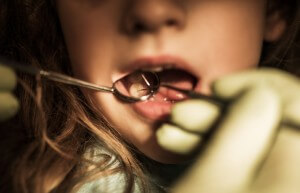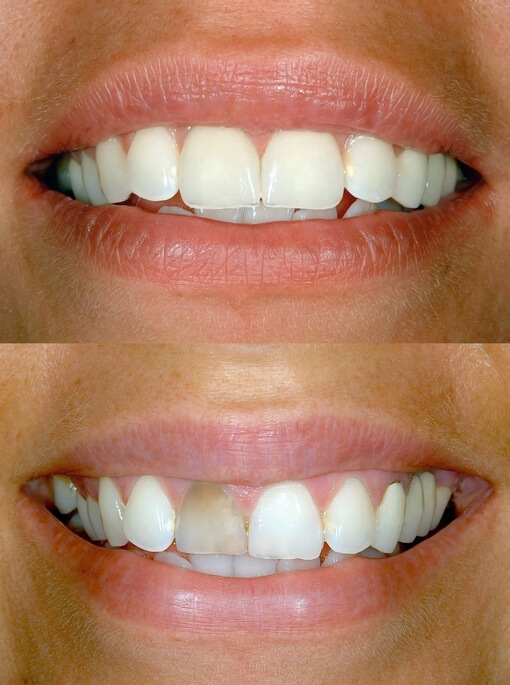
You’ve seen kids taking them on the street, in movies theaters, by themselves and in groups. Maybe you’ve even taken a few of your own. We’re talking about a Selfie — a self-taken picture where the subject and photographer are the same person. Facebook, Instagram, Twitter and other social media platforms are full of them. In fact, sociology experts predict that Millennials and Generation Z (those people born after 2000) will take an average of 25,000 Selfies during their lifetime.
And many of them will be awful pictures. From heavy shadows to unfocused faces, blurry movement or heads out-of-frame, there are 101 ways to take a bad Selfie. However, Meyer & Johns Dental wants to share few tricks to make sure you put your best face forward while taking a photo of it.
Tips for Selfie-takers
- Keep the camera slightly higher than your line of vision
- Look either directly at the camera lens or deliberately away from it
- Dip your chin slightly and look up— don’t raise your eyebrows to avoid forehead lines
- Natural light is best— aim for the “golden hours” of sunrise or sunset
- Choose an interesting background— stay away from blank walls, and mirrors or
windows can cause unwanted reflections. - Face your light source— Avoid direct side lighting, which can cast harsh shadows
on your face - Tap the image of your face on the phone screen before taking— most phones will use
that point to automatically adjust focus, depth and exposure. - SMILE!
Of course, everyone knows how to do this last one. But if you feel like your smile isn’t ready for a close-up, Meyer & Johns Dental can help. From teeth whitening, to same-day crowns, to porcelain veneers, we have the right choice to make sure your smile looks great– both in-person and at arms-length!
To discuss cosmetic options for your teeth, contact us or talk to Drs. Meyer or Johns at your next regular appointment or contact us to explore the options.


